Frazer Jarvis - Algebraic Number Theory
Here you can read online Frazer Jarvis - Algebraic Number Theory full text of the book (entire story) in english for free. Download pdf and epub, get meaning, cover and reviews about this ebook. year: 2014, publisher: Springer, genre: Children. Description of the work, (preface) as well as reviews are available. Best literature library LitArk.com created for fans of good reading and offers a wide selection of genres:
Romance novel
Science fiction
Adventure
Detective
Science
History
Home and family
Prose
Art
Politics
Computer
Non-fiction
Religion
Business
Children
Humor
Choose a favorite category and find really read worthwhile books. Enjoy immersion in the world of imagination, feel the emotions of the characters or learn something new for yourself, make an fascinating discovery.
- Book:Algebraic Number Theory
- Author:
- Publisher:Springer
- Genre:
- Year:2014
- Rating:5 / 5
- Favourites:Add to favourites
- Your mark:
Algebraic Number Theory: summary, description and annotation
We offer to read an annotation, description, summary or preface (depends on what the author of the book "Algebraic Number Theory" wrote himself). If you haven't found the necessary information about the book — write in the comments, we will try to find it.
The technical difficulties of algebraic number theory often make this subject appear difficult to beginners. This undergraduate textbook provides a welcome solution to these problems as it provides an approachable and thorough introduction to the topic.
Algebraic Number Theory takes the reader from unique factorisation in the integers through to the modern-day number field sieve. The first few chapters consider the importance of arithmetic in fields larger than the rational numbers. Whilst some results generalise well, the unique factorisation of the integers in these more general number fields often fail. Algebraic number theory aims to overcome this problem. Most examples are taken from quadratic fields, for which calculations are easy to perform.
The middle section considers more general theory and results for number fields, and the book concludes with some topics which are more likely to be suitable for advanced students, namely, the analytic class number formula and the number field sieve. This is the first time that the number field sieve has been considered in a textbook at this level.
Frazer Jarvis: author's other books
Who wrote Algebraic Number Theory? Find out the surname, the name of the author of the book and a list of all author's works by series.

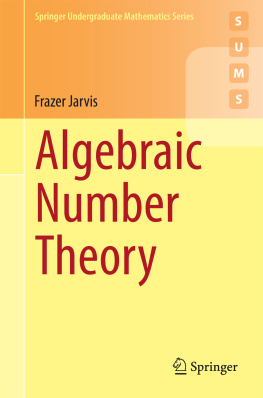
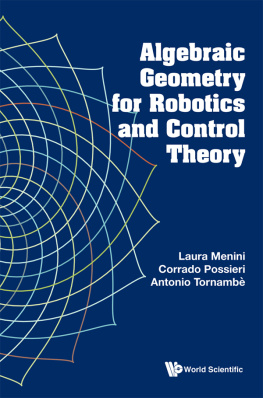
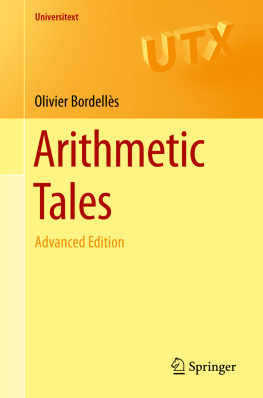
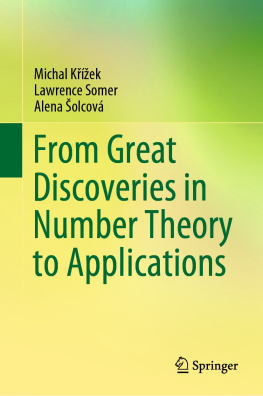
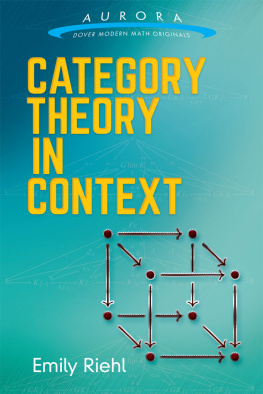
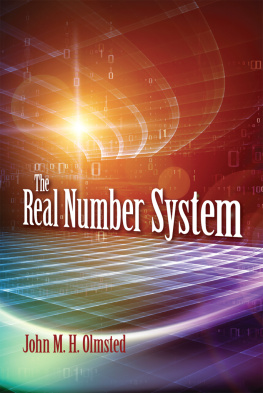

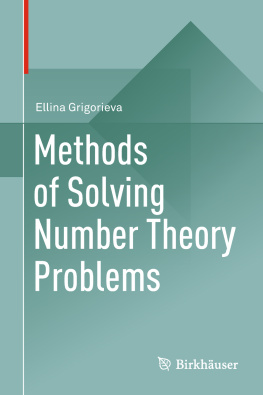
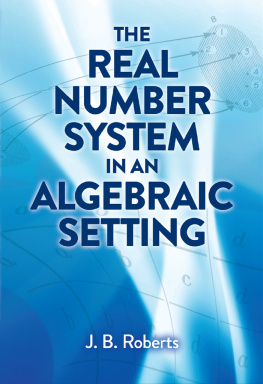


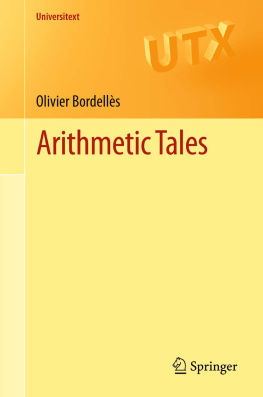
 is the prime factorisation of 360. However, we should notice that there are already senses in which this factorisation is not really unique; we can write
is the prime factorisation of 360. However, we should notice that there are already senses in which this factorisation is not really unique; we can write  , or even
, or even  . Nevertheless, we can see that all these factorisations are essentially the same, in a way which we could make precise, and we will do so later.
. Nevertheless, we can see that all these factorisations are essentially the same, in a way which we could make precise, and we will do so later. is the prime factorisation of 360. However, we should notice that there are already senses in which this factorisation is not really unique; we can write
is the prime factorisation of 360. However, we should notice that there are already senses in which this factorisation is not really unique; we can write  , or even
, or even  . Nevertheless, we can see that all these factorisations are essentially the same, in a way which we could make precise, and we will do so later.
. Nevertheless, we can see that all these factorisations are essentially the same, in a way which we could make precise, and we will do so later. has no solutions with
has no solutions with  ,
,  and
and  positive integers when
positive integers when  .
. , it is easy to see that it suffices to treat the case where
, it is easy to see that it suffices to treat the case where  , an odd prime. Then we can write the equation in the conjecture as
, an odd prime. Then we can write the equation in the conjecture as 
 . Unfortunately, it turns out that these cyclotomic fields do not, in general, have such a unique factorisation property. This failure of unique factorisation led KummerKummer, Ernst Eduard to develop the theory of idealsIdeal, and factorisation of ideals, which is the starting point for algebraic number theory.
. Unfortunately, it turns out that these cyclotomic fields do not, in general, have such a unique factorisation property. This failure of unique factorisation led KummerKummer, Ernst Eduard to develop the theory of idealsIdeal, and factorisation of ideals, which is the starting point for algebraic number theory. can be addressed using arithmetic in a larger set, and where unique factorisation in this set is a crucial requirement.
can be addressed using arithmetic in a larger set, and where unique factorisation in this set is a crucial requirement. . In order to study factorisation in the natural numbers, we need some basic definitions.
. In order to study factorisation in the natural numbers, we need some basic definitions. and
and  be integers. Then
be integers. Then  divides Divides
divides Divides  , or
, or  is a factor Factor or divisor Divisor of
is a factor Factor or divisor Divisor of  , if
, if  for some integer
for some integer  . Write
. Write  to mean that
to mean that  divides
divides  and
and  to mean that
to mean that  does not divide
does not divide  .
. divides
divides 